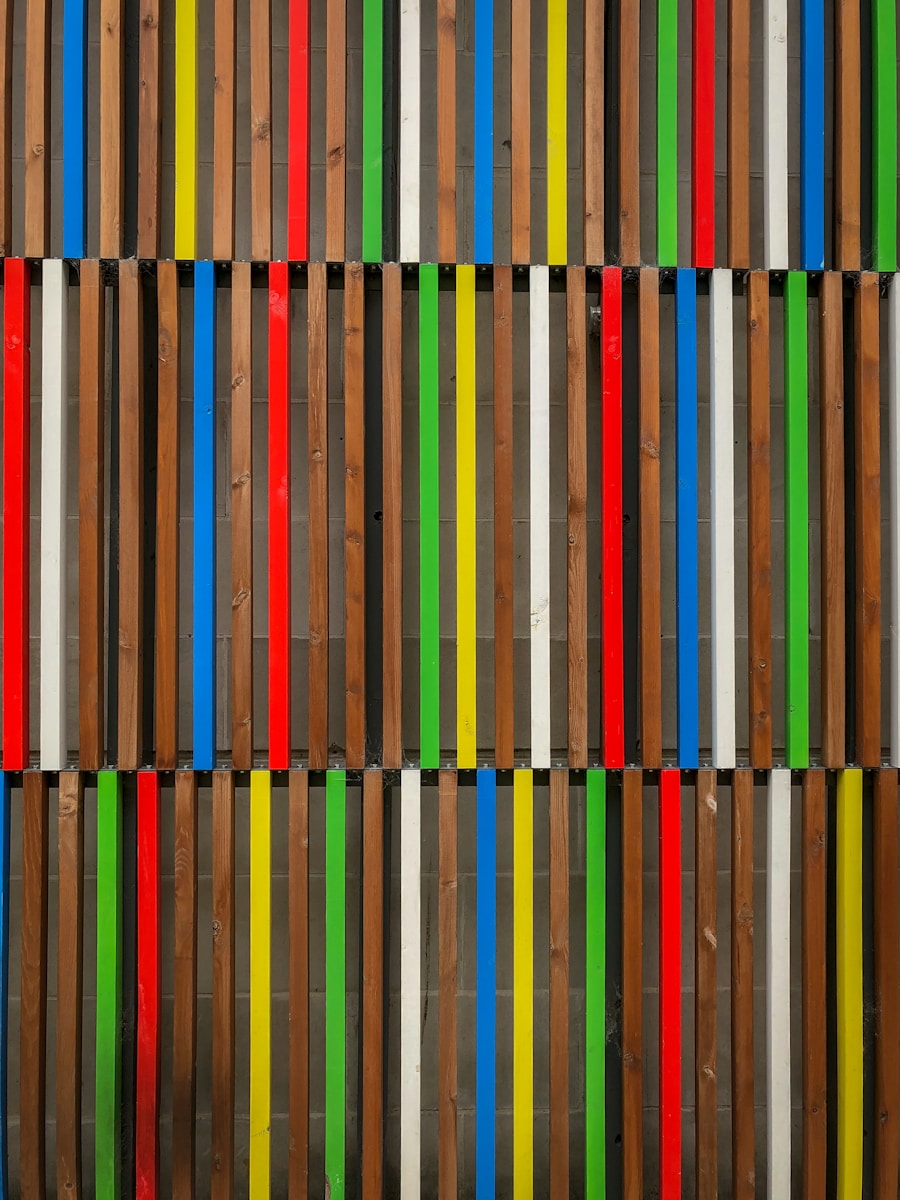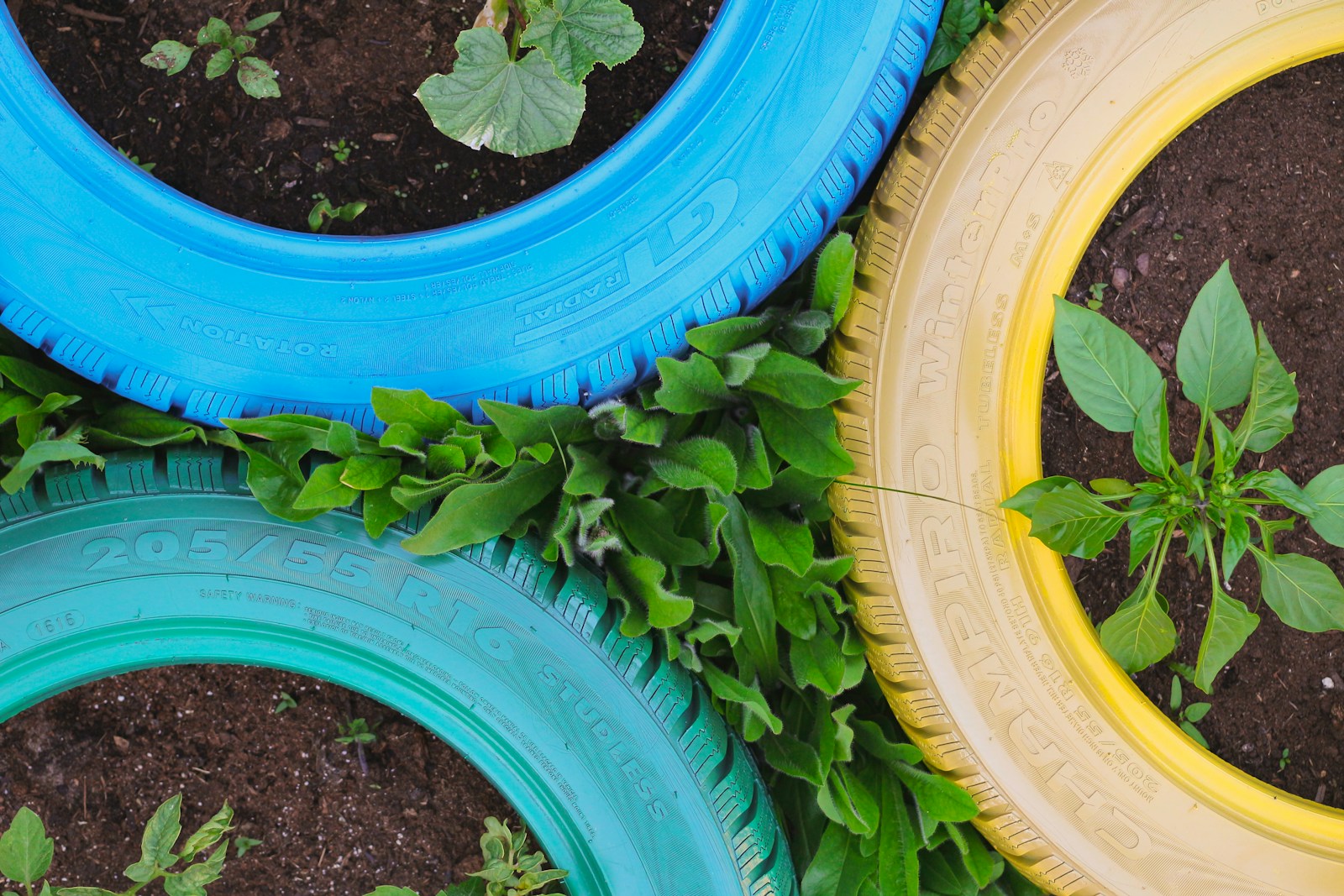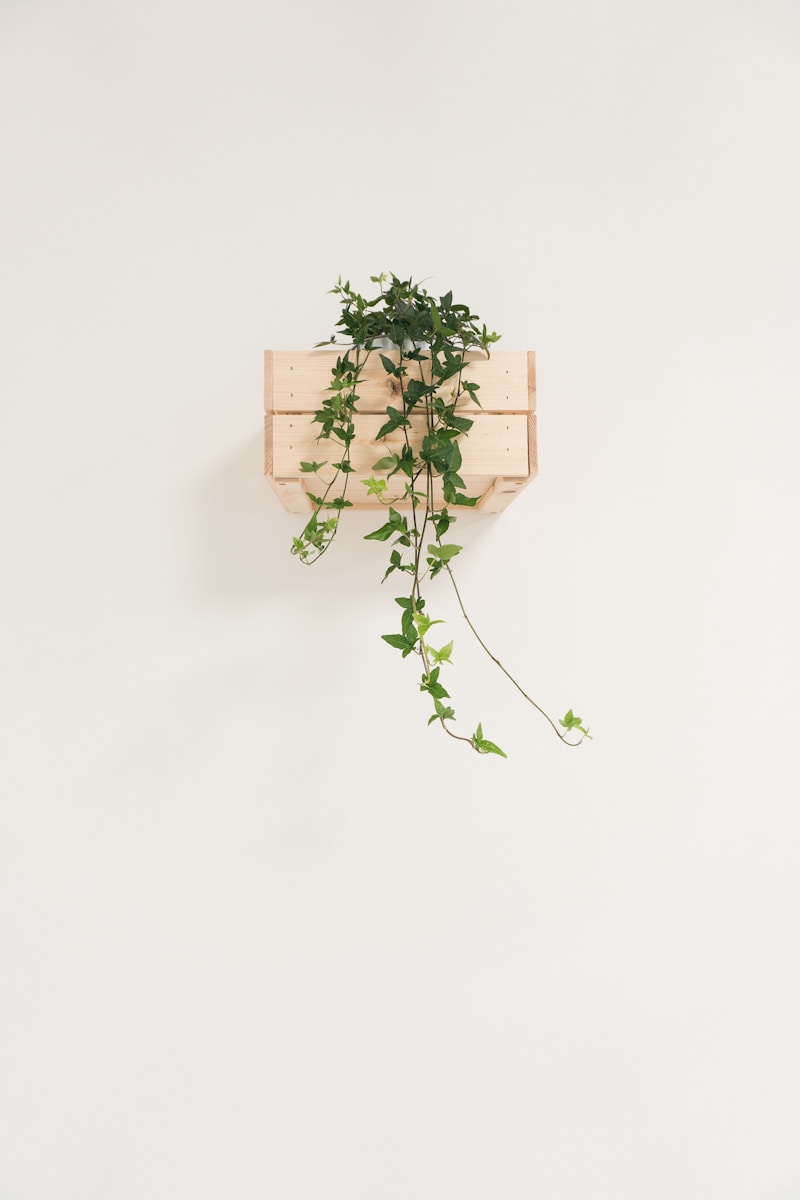How to Create a Shiplap or Wood Slat Accent Wall
Looking to add texture and visual interest to a room without a full remodel? This guide will show you how to create a shiplap or wood slat accent wall—two stylish and beginner-friendly ways to elevate any space. Whether you’re going for a clean, coastal look or a modern, vertical design, this project is achievable with a few basic tools and a weekend of work.
Choose Your Style: Shiplap vs. Wood Slats
Shiplap features horizontal boards with small gaps that give a clean, farmhouse-inspired feel. Wood slats are typically vertical and narrower, giving a more modern, dimensional look. Both add charm, but the aesthetic and layout are slightly different—choose what suits your space best.
Gather Your Materials
Your exact supplies will vary depending on your design, but most accent wall builds require:
- Pre-cut shiplap panels or 1×2/1×3 slats
- Stud finder
- Measuring tape and level
- Wood glue and/or construction adhesive
- Finishing nails or brad nailer
- Sandpaper or sanding block
- Paint or stain
- Caulk or wood filler (optional for a polished finish)
Measure and Plan Your Layout
Use a tape measure to find the height and width of your wall. Sketch out your pattern, spacing, and starting point. For shiplap, start at the bottom and work your way up. For slats, measure your spacing (usually 1/2″ to 1″) and test your layout with painter’s tape first.
Prep Your Wall
Remove any wall hangings, nails, and outlet covers. Wipe down the surface to remove dust. If your wall is heavily textured, consider using thin plywood or MDF as a smooth base for better adhesion and alignment.
Cut and Sand Your Boards
Use a miter saw or circular saw to cut your wood to size. Lightly sand each piece, especially edges and corners, to prevent splinters and ensure a smooth finish. If staining, do it before installation for cleaner results.
Install the Panels or Slats
Use a level to keep your boards straight as you go. Apply construction adhesive to the back of each piece, then press it firmly into place. Secure with nails, especially at studs. For shiplap, keep a coin or spacer between boards for even gaps. For slats, use a spacer stick or ruler to maintain consistent spacing.
Fill, Caulk, and Touch Up
Use wood filler to patch nail holes or caulk any seams for a smooth look. Sand lightly once dry. If painting, use a roller for flat areas and a brush for edges. For stained wood, touch up as needed and apply a clear sealant if desired.
Accent and Style Your Wall
Once your wall is complete, style it to match your space. Add floating shelves, artwork, or minimal decor to let the texture shine. This feature wall can become the focal point of your living room, bedroom, entryway, or even a hallway.
Project Tips
- Always use a stud finder before nailing to ensure secure placement.
- Test stains or paints on scrap wood before applying to your boards.
- Work in small sections to ensure precise alignment.
- If you’re renting, use removable mounting strips and thin plywood as a base.
Conclusion
Creating a shiplap or wood slat accent wall is one of the most impactful DIY projects you can do to transform a space. It’s approachable for beginners, budget-friendly, and fully customizable to your taste. With a little prep and patience, you’ll have a stunning statement wall that adds warmth, depth, and personality to your home.
Frequently Asked Questions
Is shiplap hard to install for beginners?
No, it’s one of the easiest accent wall options! Pre-cut boards and adhesive make it very beginner-friendly, especially with a level and spacers.
What’s the best wood to use for slat walls?
Common options include pine, poplar, or oak. MDF is a budget-friendly alternative, especially if you plan to paint the slats.
Should I paint or stain before installing the boards?
Yes, if possible. It’s easier to get clean, even coverage before installation—especially between gaps or behind slats.
Can I install a slat wall over textured drywall?
Yes, but it’s recommended to use a smooth backer like MDF or thin plywood to get even adhesion and alignment.
What tools do I need to install an accent wall?
A saw, level, stud finder, tape measure, adhesive, and a nail gun or hammer will cover most of the work.
© 2025 GardeningandDecor.com. All rights reserved.



